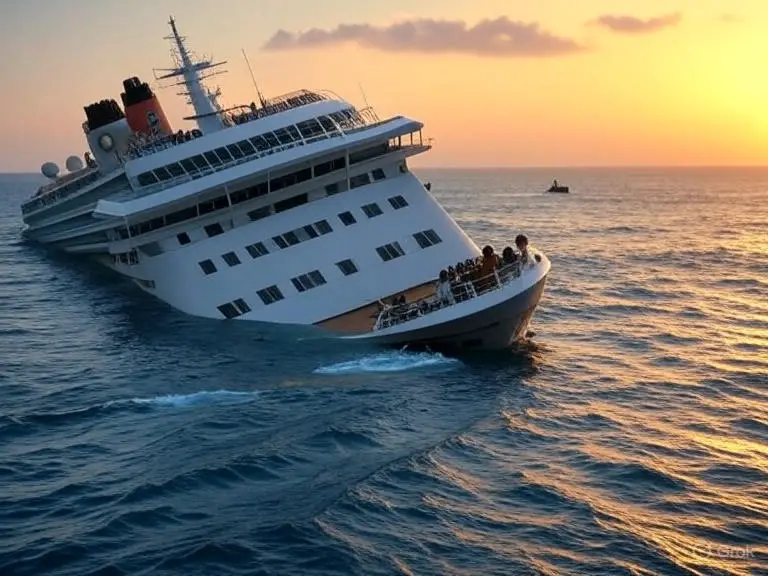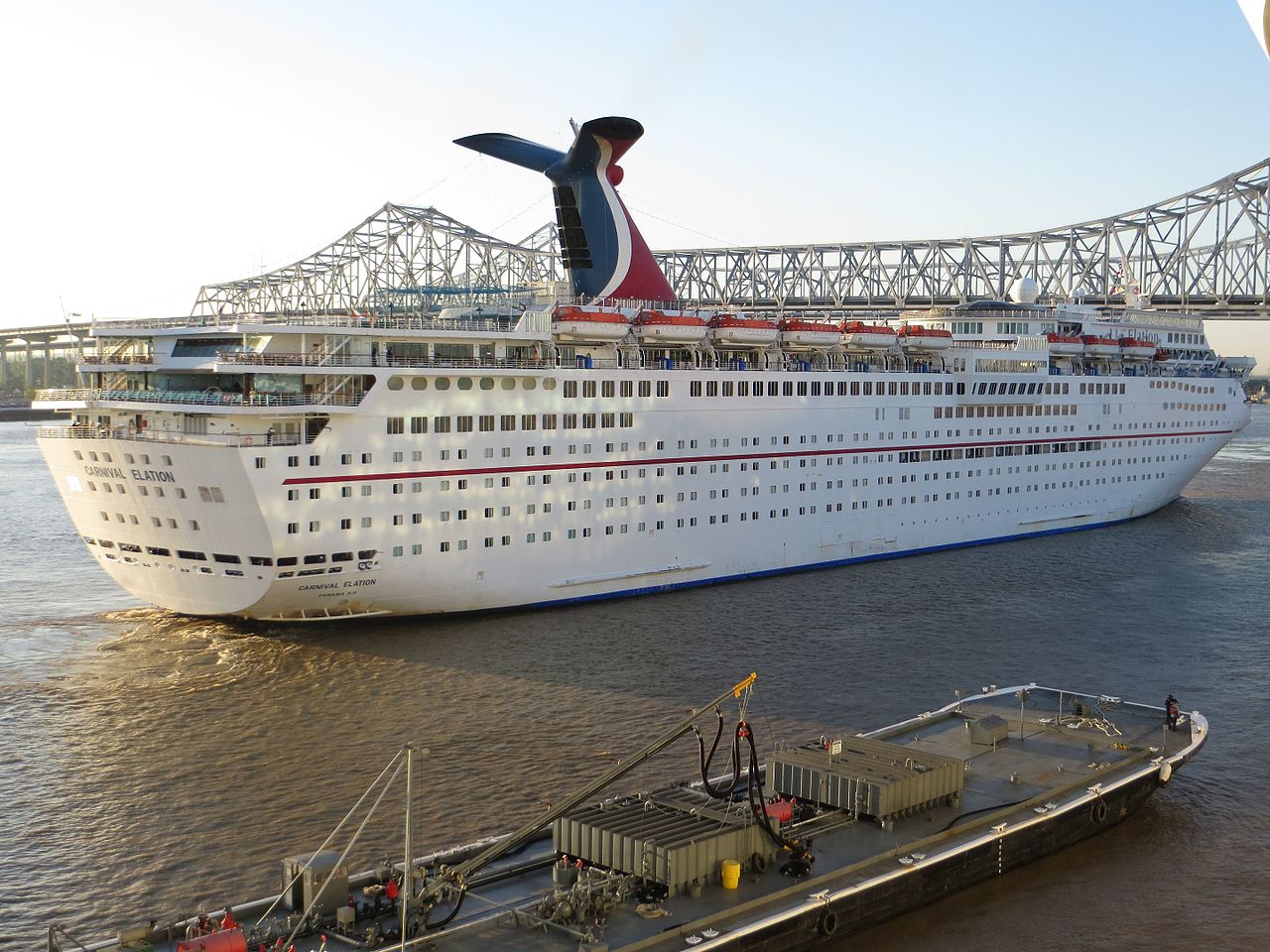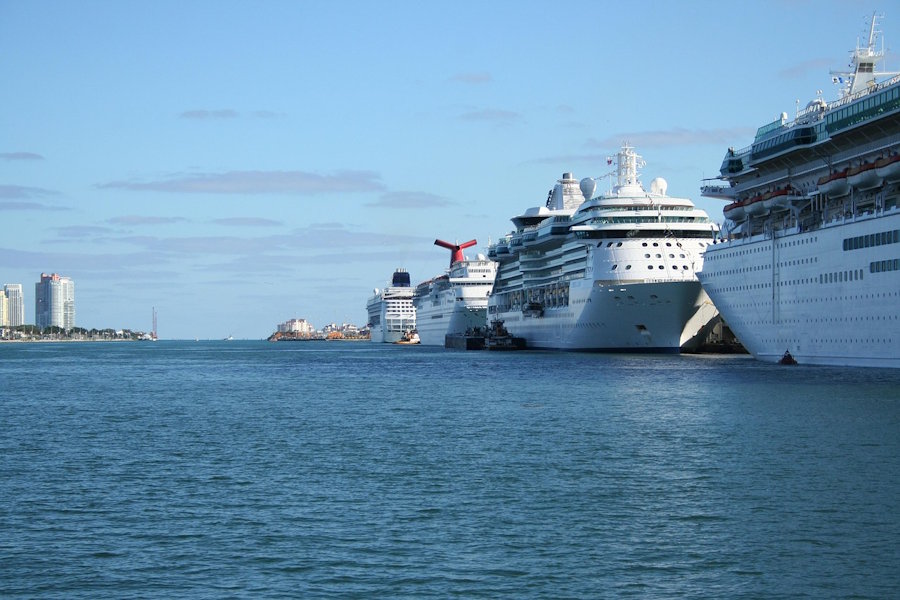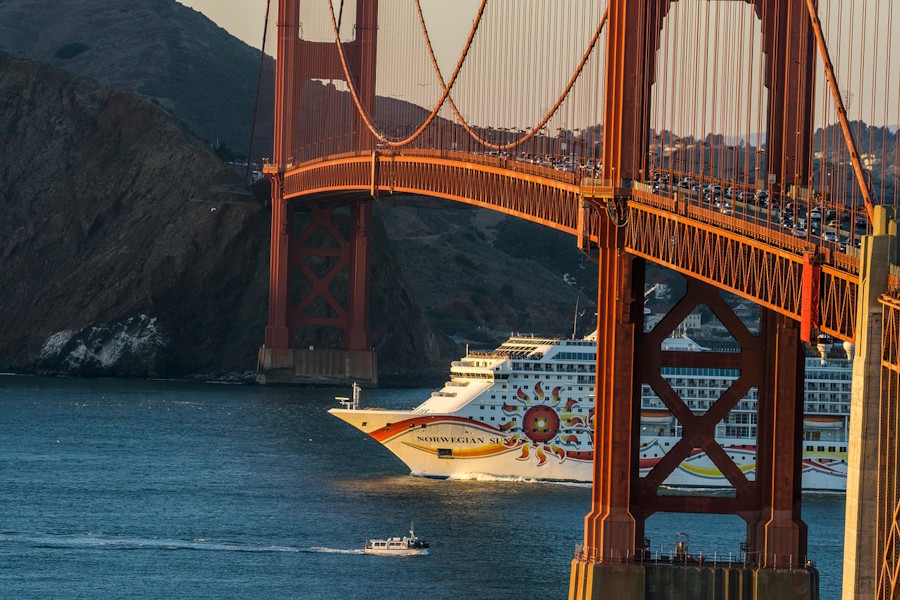Home » How Many Cruise Ships Have Sunk?
How Many Cruise Ships Have Sunk?
Updated August 6th, 2025
Cruises are one of the safest options for vacations, but in the past 100 years there have been some incidents with cruise ships sinking. Here are some notable ones in the past 100 years.

Cruise ships are like floating cities, whisking millions of passengers to breathtaking destinations each year. They’re built tough to handle the high seas, but some folks still wonder: how many cruise ships have actually sunk?
Spoiler alert—sinkings are super rare. With only a handful of incidents over the past century, the cruise industry has a stellar safety record. Ships like Costa Concordia, Costa Magica, and Star Princess follow strict rules to keep you safe.
This article dives into the history of cruise ship sinkings, why they’re so uncommon, and how you can cruise with confidence while enjoying gourmet meals or exploring ports like Santorini. You will also learn why today’s cruise ships are so stable here: Can Cruise Ships Handle Rough Seas?
A Look at Cruise Ship Sinkings
Since the early 1900s, fewer than 20 passenger cruise ships have sunk. That’s a tiny number compared to the millions of safe trips each year. Let’s check out some notable cases:
- Titanic (1912): The most famous sinking ever. After hitting an iceberg, it claimed over 1500 lives. This tragedy led to major safety upgrades, like more lifeboats.
- Andrea Doria (1956): This ocean liner sank after colliding with another ship near Nantucket. It resulted in 46 deaths, but most passengers were evacuated safely.
- Costa Concordia (2012): This ship partially sank off Italy’s Giglio Island after striking a reef. Navigational errors caused 32 fatalities. The incident sparked industry-wide safety reforms.
- Sea Diamond (2007): It sank near Santorini after hitting a volcanic reef. Two passengers were unaccounted for, but others were rescued.
- Explorer (2007): This small expedition ship sank in Antarctica after striking ice. Everyone onboard was safely evacuated, showing improved emergency responses.
These events are rare exceptions. Modern cruise ships are designed to avoid such disasters, letting you focus on enjoying your vacation.
Why Sinkings Are So Rare
Cruise ships are built with safety first. Advanced engineering and strict rules keep sinkings at bay. Here’s why:
- Sturdy Construction: Ships like Star Princess have double hulls and watertight compartments. These keep water out if there’s a breach.
- Redundant Systems: Backup power and navigation systems ensure ships stay operational. This helps in emergencies like collisions or groundings.
- Navigation Tech: Radar, GPS, and satellite weather tracking help captains dodge hazards. For example, Costa Magica safely navigates busy Mediterranean routes with these tools.
- Strict Regulations: The International Maritime Organization sets tough standards. Ships undergo regular inspections to stay seaworthy.
- Crew Training: Crews are drilled in emergency procedures. They’re ready to guide passengers to safety if needed.
These features make sinkings a tiny risk, so you can relax and enjoy onboard shows or port adventures.
Safety Features on Modern Cruise Ships
Today’s cruise ships are packed with safety gear. They’re designed to handle worst-case scenarios. Key features include:
- Lifeboats and Rafts: Ships carry enough for all passengers and crew, plus extra. They’re easy to access during evacuations.
- Fire Suppression Systems: Automatic sprinklers and fire doors contain risks. This keeps small incidents from escalating.
- Stability Design: Low centers of gravity and stabilizers, like those on Icon of the Seas, reduce rocking in rough seas.
- Medical Facilities: Onboard clinics handle emergencies. They’re staffed with doctors and nurses.
- Communication Systems: Satellite phones and radios connect ships to coast guards. This ensures quick help if needed.
These systems worked during the Explorer’s 2007 sinking, where all passengers were rescued safely. You can trust your ship is ready for anything.
What Happens During a Crisis?
If a crisis hits, cruise ships are prepared. The Costa Concordia incident in 2012 showed gaps in evacuation, but it led to better training across the industry. Here’s how crises are handled:
- Evacuation Procedures: Crew guide passengers to muster stations. Lifeboats are deployed if needed. Drills ensure everyone knows their role.
- Crew Response: Trained crew manage emergencies calmly. During a Norwegian ship’s minor grounding in Bermuda, passengers were safely managed.
- Coast Guard Coordination: Ships contact rescue services via radio. The Explorer’s 2007 rescue involved swift coast guard support.
- Passenger Support: Medical centers offer motion sickness remedies or injury care. Guest services provide updates to keep you informed.
These steps ensure safety, so you can stay calm and enjoy your cruise even if plans change.
Tips for a Safe Cruise Experience
Want to cruise with peace of mind? Here are some practical tips:
- Attend the Muster Drill: This mandatory briefing covers safety procedures. It’s quick and helps you know what to do in an emergency.
- Choose a Reputable Line: Pick trusted operators like Princess Cruises or Norwegian Cruise Line. They have strong safety records.
- Learn Your Ship’s Layout: Familiarize yourself with exits and muster stations. It makes navigation easier if needed.
- Pack Smart: Bring motion sickness remedies for rough seas. A small flashlight can help in case of power issues.
- Stay Informed: Check cruise apps or cabin TVs for updates. Lines like Carnival keep you in the loop.
Choosing a Safe Cruise Line
Not all cruise lines are the same, but most prioritize safety. Major operators like Royal Caribbean, Carnival, and Cunard invest in modern ships and training. Luxury lines like Regent Seven Seas offer smaller ships with high safety standards.
Expedition lines, like Hurtigruten, are built for tough conditions in places like Antarctica.
How Regulations Keep Ships Safe
The cruise industry follows strict global rules. The International Maritime Organization enforces standards for ship design, crew training, and emergency systems. Ships must pass regular inspections to operate. These cover everything from hull integrity to lifeboat readiness.
Cruise lines also conduct internal audits. They ensure compliance with safety protocols. After the Costa Concordia incident, rules got even tighter. Enhanced evacuation drills and navigation training became standard. This keeps the industry’s safety record strong.
Passenger Role in Safety
You have a part to play in staying safe. Attend the muster drill—it’s not just a formality. Know where your lifeboat station is. Follow crew instructions during emergencies. If you feel seasick, visit the medical center. Lines like Holland America offer remedies to keep you comfortable.
Packing light can help too. Avoid bulky items that could shift in rough seas. A small emergency kit with essentials like medications or a phone charger is smart. Your cooperation makes the ship safer for everyone.
Onboard Activities During Rough Seas
Rough seas might shift plans, but cruise ships keep the fun going. If outdoor decks close, indoor activities take over.
Enjoy Broadway-style shows, trivia contests, or spa treatments. Kids’ clubs on lines like Disney Cruise Line entertain young passengers. Dining rooms stay open, serving everything from casual bites to gourmet meals.
Extra sea days can be a bonus. Explore the ship’s library, casino, or fitness center. These options ensure you’re never bored, even if a port is skipped.
Regional Risks and Safety Measures
Some cruise regions face higher risks:
- Caribbean: Hurricanes can cause rough seas. Ships reroute to safer ports like Cozumel.
- Alaska: Storms in the Inside Passage are manageable. Ships are built for cold-weather conditions.
- Mediterranean: Winter cruises may see waves. Coastal routes allow easy diversions.
- Antarctica: Expedition ships like the Explorer face ice risks. Smaller vessels are designed for agility.
Cruise lines plan routes to avoid trouble. Captains use weather data to stay ahead of storms, keeping your trip smooth.
Industry Commitment to Safety
Cruise lines take safety seriously. They invest in advanced ships and crew training. Regular maintenance keeps systems reliable. Transparency, like sharing safety protocols, builds trust. The Costa Concordia incident led to better practices, making cruises safer than ever.
Final Thoughts on Cruise Safety
Cruise ship sinkings are incredibly rare. Fewer than 20 incidents in over a century prove the industry’s safety focus. Modern ships are built tough with advanced tech. Lifeboats, trained crews, and strict regulations keep you secure.
Attend the muster drill, pick a trusted line, and pack smart. Then, dive into the joys of cruising, savoring gourmet dining, catching shows, knowing you’re in good hands.
RECENT POSTS

Discover the Cruise Ports of Eastern Canada & Quebec

Inside the Worst Cruise Lines: Lowest-Rated Ships and Why They Disappoint

Snorkeling in Cozumel: A Cruise Passenger’s Guide for Your Port Day

How to Make the Most of a Short Port Stop in Cozumel

Cruise Ship Ports in Florida

